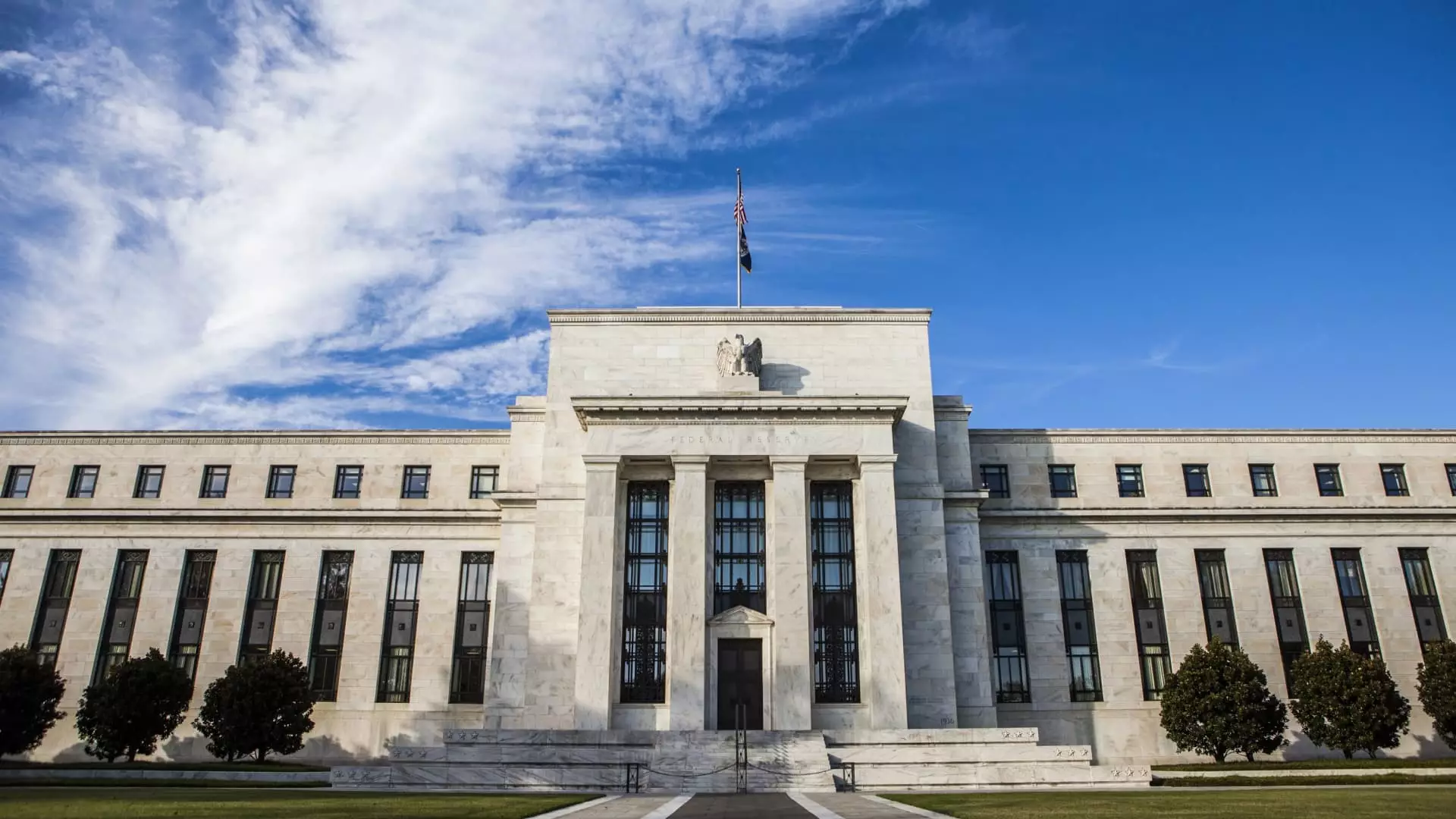In a significant move signaling tensions between financial institutions and regulatory bodies, a coalition of banks and business organizations has initiated legal action against the Federal Reserve concerning its annual bank stress tests. Notably, this coalition includes influential entities such as the Bank Policy Institute (BPI), which advocates for major banks like JPMorgan, Citigroup, and Goldman Sachs, alongside the American Bankers Association and other prominent business groups. The genesis of this lawsuit stems from a shared belief that the current stress test framework lacks transparency and fails to incorporate necessary public input, which they argue is mandated by federal law.
While the organizations involved do not fundamentally oppose the necessity of stress testing—a regulatory tool designed to ensure that banks can withstand economic shocks—their contention lies in the ineffectiveness and unpredictability of the established system. According to these groups, the existing requirements lead to inconsistent policies regarding bank capital, which can hinder financial stability rather than enhance it. The overarching concern is that the stress test process is perceived as capricious, potentially resulting in unintended consequences that may restrict banks’ abilities to lend or manage their capital effectively.
Federal Reserve’s Response
In reaction to these legal challenges, the Federal Reserve announced its intent to initiate a public consultation process aimed at modifying the parameters of its stress tests. The proposed changes are seemingly a response to evolving laws and aim to enhance the transparency of the testing framework while reducing the fluctuations that banks experience in capital buffer requirements. This proactive stance appears to be a strategic attempt by the Fed to bridge the gap between regulatory demands and industry concerns. However, the specifics of any alterations remain vague, leaving ambiguity regarding how significant these changes will be in addressing the banks’ grievances.
While many in the banking sector might view the Fed’s announcement favorably, skepticism persists regarding whether the proposed adjustments will adequately alleviate the burdensome capital requirements that have emerged from the stress testing process. Statements from BPI CEO Greg Baer indicate cautious optimism, highlighting the announcement as a step toward greater accountability. However, the overarching sentiment is that more profound changes are necessary to foster a suitable regulatory environment. Banks continue to grapple with concerns that stringent capital rules could stifle lending and economic growth, casting a shadow over the financial landscape.
The ongoing legal proceedings and the Fed’s tentative steps toward reform underscore a critical juncture in U.S. banking regulation. As both sides navigate this complex arena, the outcome will significantly shape not only the operation of major banks but also the broader economic landscape. The ability of regulatory bodies to evolve in response to legitimate industry concerns while maintaining robust oversight will be pivotal. As the situation unfolds, stakeholders will be watching closely to see if the reforms will be substantial enough to address the persistent issues raised by the banking sector or if further judicial and legislative action will be needed to reshape the stress testing framework fundamentally.


Leave a Reply